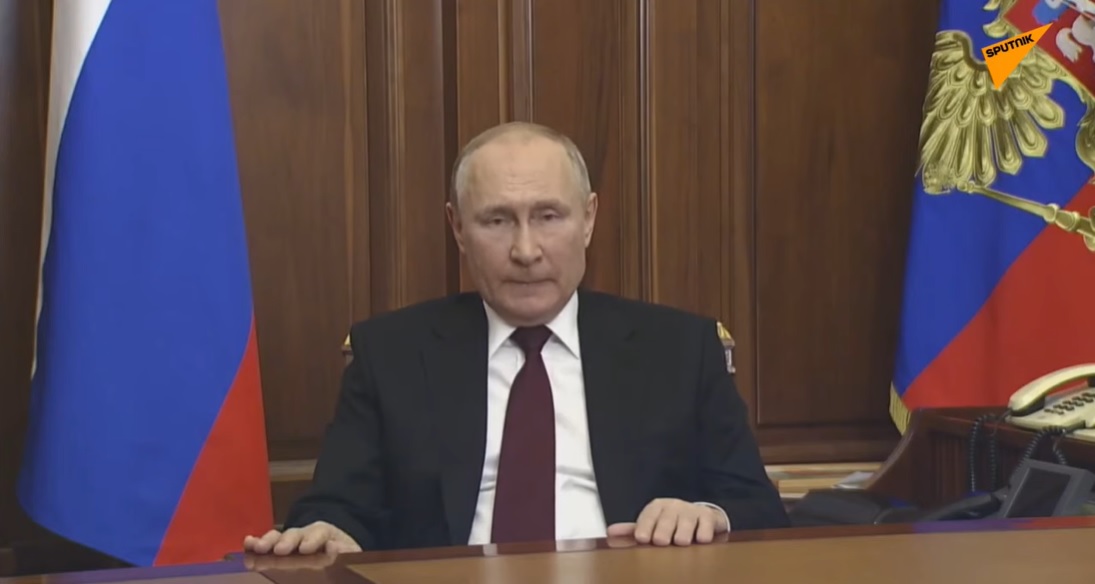Poland did not build new power plants quickly enough, so it needs to use old coal-fired units until 2030, when the atom-RES duet will enter the stage. So we are left with the resuscitation of the 200+ MW coal corpses – writes Wojciech Jakóbik, editor-in-chief at BiznesAlert.pl. Data on the role of gas in PEP2040 have not yet surfaced in the media, and they may be the most interesting in the context of Putin’s gas trap, he adds.
The Rzeczpospolita daily has obtained the draft update to Poland’s Energy Policy Until 2040 (PEP2040), according to which, coal-fired power plants will stay in use until they are replaced by nuclear power.
Currently 77 percent of power in Poland is generated from coal, but in 2040 that figure would drop to as little as 8 percent, according to the PEP2040 update. Nuclear power will account for 22.6% of the energy mix in 2040, coal for 8% and renewables for 50.8%.
Before that, however, coal-fired power will still be needed, with 15 GW of capacity needed in anticipation of nuclear power, which will account for 10 percent of capacity in 2035. Renewables are expected to provide 47 percent of the country’s power by 2030.
The government is working on an update of the energy strategy, but has not accepted the project due to disputes within the United Right (ruling coalition – ed.). If the project is adopted in its current form, we can expect a separate opinion from United Poland, which was also against the 2019 version of the policy authored by the Ministry of Energy.
Previously I have written that there is a political consensus in Poland on modernizing the old 200 MW+ coal-fired units, which is to ensure enough capacity in the 2020s. This is necessary to avoid the emergence of a 4.5 GW capacity gap, which the Energy Regulatory Office has predicted may appear in 2035. Both the ruling coalition and Donald Tusk (leader of the opposition – ed.) agree on this, because there is either this, or importing power, which is dangerous at a time when the security of supply is shaky due to the energy crisis. I wrote about such a need in February 2022, just before the Russian invasion of Ukraine.
However, the promise of a return to coal remains unrealistic. The draft cited by the daily reportedly says that the share of coal in the energy mix is to drop to 8 percent in 2040. Thus, certain shifts are possible within the framework of the social agreement providing for the exclusion of mining in Poland until 2049, but there won’t be a revolution that will reverse this trend. Poland will keep coal for longer, but the new plants will be mainly nuclear, to minimize the share of gas-fired power, which raises the risk of exposure to price shocks like the one caused by Gazprom in 2021, which launched the energy crisis. Data on the role of gas in PEP2040 has not yet emerged in the media, and they may be the most interesting in the context of Putin’s gas trap.









